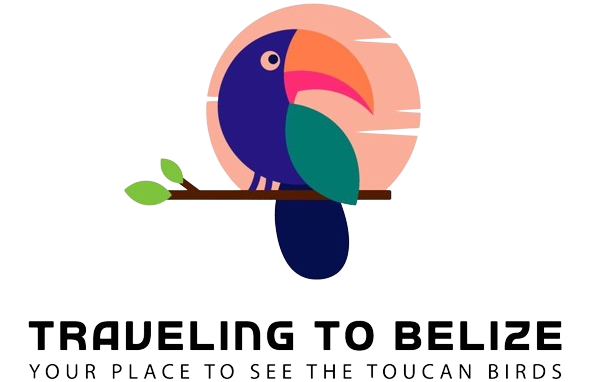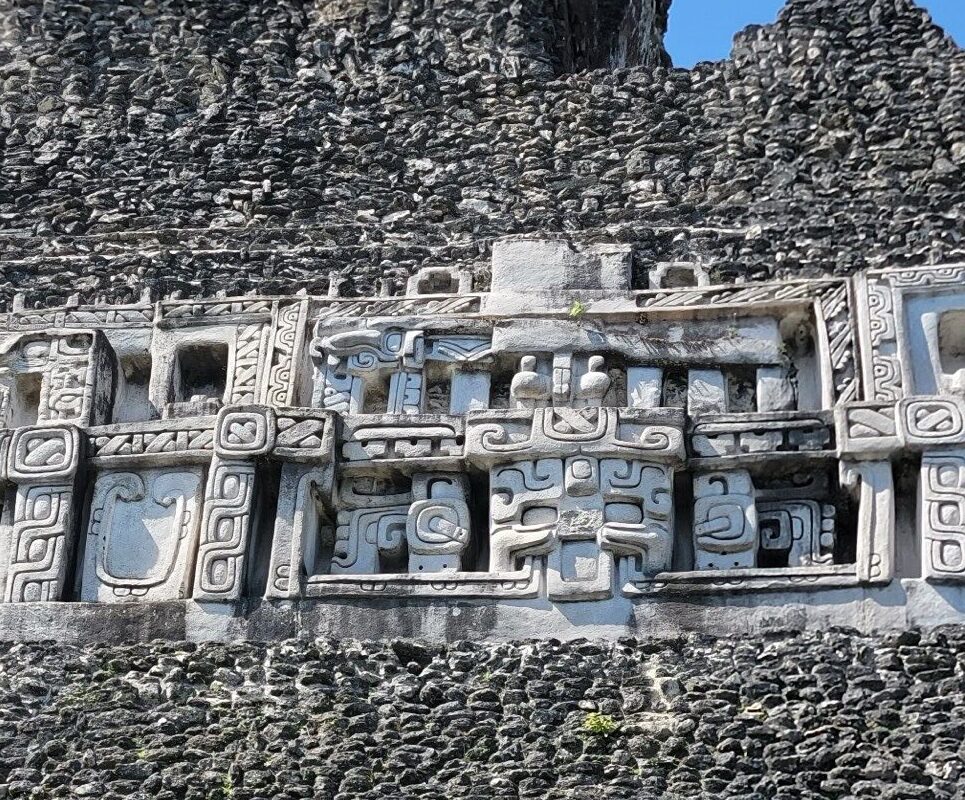Belize, a small yet vibrant country nestled in the heart of Central America, boasts a history as diverse and colorful as its landscape. From ancient Maya civilizations to European conquests and the struggles for independence, Belize’s past is a tapestry woven with the threads of various cultures and influences. Join us on a journey through time as we unravel the captivating history of Belize, from its earliest inhabitants to the modern-day melting pot it is today.
The Ancient Maya Civilization:
Long before the arrival of European explorers, Belize was inhabited by the ancient Maya civilization. The Maya people settled in the region around 1500 BC and flourished for centuries, building magnificent cities, temples, and pyramids across the landscape. Belize was at the heart of the Maya world, with notable sites such as Caracol, Xunantunich, and Altun Ha serving as centers of trade, religion, and culture.
The Maya civilization reached its peak between 250 and 900 AD, known as the Classic Period, during which time Belize was home to a thriving network of city-states ruled by powerful kings. The Maya excelled in agriculture, astronomy, mathematics, and art, leaving behind a rich legacy of architectural marvels and intricate hieroglyphic inscriptions that continue to fascinate archaeologists and historians to this day.
European Colonization and the Arrival of the British:
The arrival of European explorers in the 16th century marked a new chapter in Belize’s history. Spanish conquistadors, including Christopher Columbus and later Hernán Cortés, were among the first Europeans to set foot on Belizean soil, seeking gold and other riches. However, it was the British who would ultimately leave the most significant mark on Belize.
In the 17th century, British pirates and buccaneers began using the coast of present-day Belize as a base for their raids on Spanish ships and settlements in the Caribbean. Over time, these buccaneers established a permanent presence in the region, forming alliances with local indigenous groups and engaging in logwood cutting and mahogany extraction.
In 1670, the Treaty of Madrid officially recognized British rights to the territory, paving the way for the establishment of British Honduras, as Belize was then known. Throughout the 18th and 19th centuries, Belize became a British colony, with settlers from England, Scotland, and other parts of the British Empire arriving to exploit the region’s natural resources.
The Garifuna and the Kriol Influence:
While the British exerted their influence over Belize, the region remained home to a diverse array of cultures and peoples. One such group is the Garifuna, descendants of West African slaves who intermarried with indigenous Carib and Arawak peoples in the Caribbean. The Garifuna arrived in Belize in the early 19th century, bringing with them their vibrant culture, language, music, and cuisine.
Another significant cultural influence in Belize is that of the Kriol people, descendants of African slaves and European settlers who intermingled during the colonial era. The Kriol language, a unique creole dialect that blends English with African and indigenous languages, remains widely spoken in Belize today, reflecting the country’s rich multicultural heritage.
The Road to Independence:
Throughout the 20th century, Belize gradually transitioned from a British colony to an independent nation. In 1964, self-government was granted to British Honduras, and in 1973, the territory was renamed Belize. However, it was not until September 21, 1981, that Belize officially gained independence from Britain, becoming a sovereign nation in its own right.
Belize’s journey to independence was not without challenges, particularly in the face of territorial disputes with neighboring Guatemala. Guatemala had long claimed sovereignty over Belize, dating back to colonial times, leading to tensions and occasional border skirmishes. However, through diplomacy and international recognition, Belize successfully asserted its independence and territorial integrity.
Modern-Day Belize:
Today, Belize is a vibrant and diverse nation with a population of over 400,000 people. Its rich cultural heritage is reflected in its cuisine, music, dance, and festivals, with influences from the Maya, Garifuna, Kriol, Mestizo, and other ethnic groups. Belize is also known for its stunning natural beauty, including lush rainforests, pristine beaches, and the second-largest barrier reef in the world.
Tourism plays a significant role in Belize’s economy, attracting visitors from around the globe with its opportunities for eco-adventure, snorkeling, diving, and cultural immersion. The country’s commitment to environmental conservation and sustainable development has earned it a reputation as a leading ecotourism destination, with protected areas such as the Belize Barrier Reef Reserve System and the Maya Biosphere Reserve drawing visitors seeking to explore its natural wonders.
As Belize continues to embrace its past while looking towards the future, its history remains an integral part of its identity. From the ancient Maya to the modern-day melting pot of cultures, Belize’s story is one of resilience, diversity, and the enduring spirit of its people.

